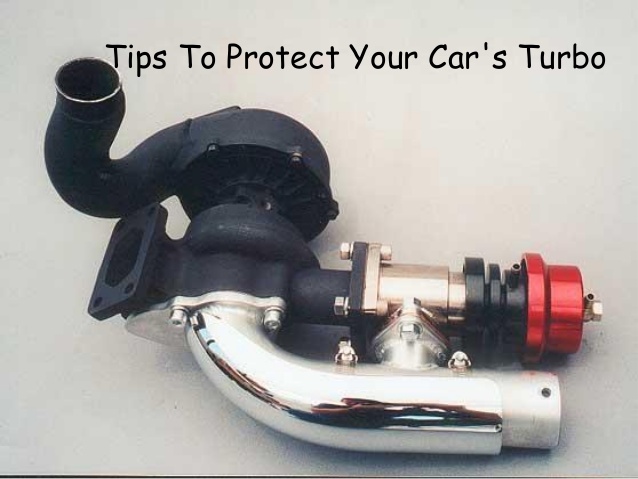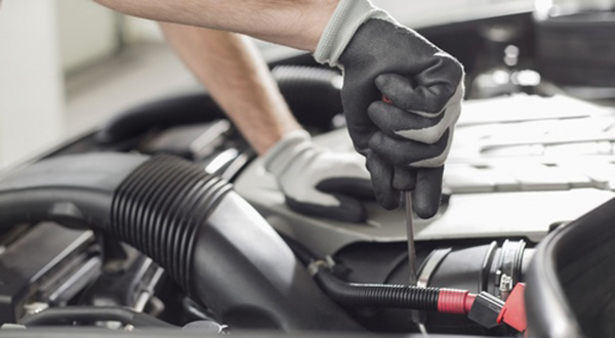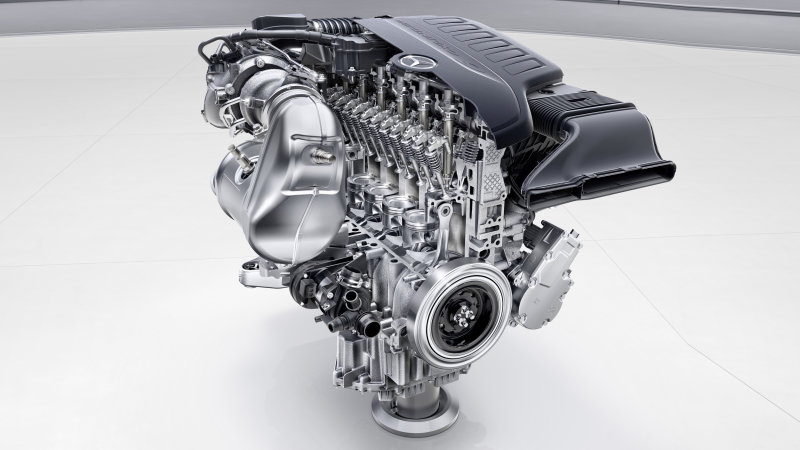A few decades ago, any car with the word ‘TURBO’ emblazoned upon its rump signified something rather special. The eclectic mix of performance and prestige translated into instant envy, especially within the cut-and-thrust world of a typical 1980’s corporate car park. These days, almost every diesel car is fitted with at least one turbocharger and many drivers are even unaware of its existence, until failure brings forth a sizable repair bill.
In simple terms, a turbocharger is a miniature compressor. An engine’s spent exhaust gases enter the turbo, which spins one side of a turbine. The other side of the turbine force-feeds the engine with air, so that more oxygen can be burnt with the fuel. The result allows the engine to develop higher efficiency and significantly more power. Yet, a turbocharger’s turbine rotates many thousands of times more than that of the engine itself. Several months ago, during a visit to a respected car tuning business, I discovered a turbocharger rig, which also serves as an efficient workshop heater, which demonstrates the extremes of both speed and temperature that a turbocharger tolerates. The start of the video shows the turbine being rotated by compressed air alone, prior to it being powered by paraffin, and yes, the noise really was deafening…
It was most dramatic but, to protect your turbocharger against premature failure, follow these simple driving tips:
- When starting your car from cold, do not race the engine immediately from idle. Allow between 5-10 seconds for the engine oil to reach the turbocharger.
- Never operate the engine under full power until the engine oil has warmed thoroughly. When the lubricant is cold, it remains thick and gloopy and cannot lubricate the turbocharger effectively, until warmed and thinned.
- Old and tired oil cannot protect the turbocharger adequately. Therefore, do not extend the oil change interval beyond that recommended by the vehicle manufacturer.
- Low-grade oil cannot protect the turbocharger adequately. Therefore, always use oil of not only the correct viscosity but also to the correct quality API specification (the details are noted within the vehicle handbook and also on the sides of canisters).
- A turbocharger works its hardest during sustained high speeds. After a long motorway drive, it is possible that a turbocharger might be glowing orangey-red hot. Shutting the engine off immediately after a long run, such as when stopping at a motorway service station, might cause severe damage, because the internal turbine will not have slowed down sufficiently, plus the extreme heat generated may not been given sufficient opportunity to dissipate. Always allow the engine to idle for at least 30 seconds, prior to switching off the ignition. If your car is equipped with ‘stop-start’ technology, disable it in this instance, should it be switchable.
- Never ‘blip’ the throttle, prior to switching off the ignition. This makes the turbocharger’s turbines accelerate but, when the ignition is cut, you starve the still-rotating turbine of lubricant. This can damage the bearings and increases the risk of premature failure substantially.
ECMOVO Ltd is a manufacture founded by highly skilled and experienced automotive turbo engineers, which develops and produces high quality electronic turbo actuators and provide professional customized actuator solutions for turbocharger re-builders & re-manufacturers. At ECMOVO, customers are our highest priority, and the unwavering commitment we have toward them is evident in our customer testimonials. What truly sets us apart isn’t just the excellent products quality, but the combination of a responsive customer service and highly competitive, market driving prices.
Tags: protect the turbo, turbo maintenance, turbocharger




